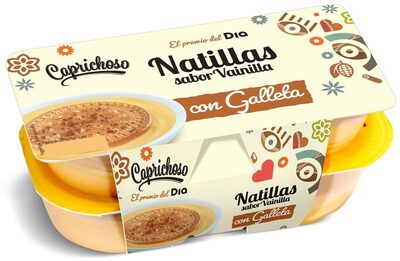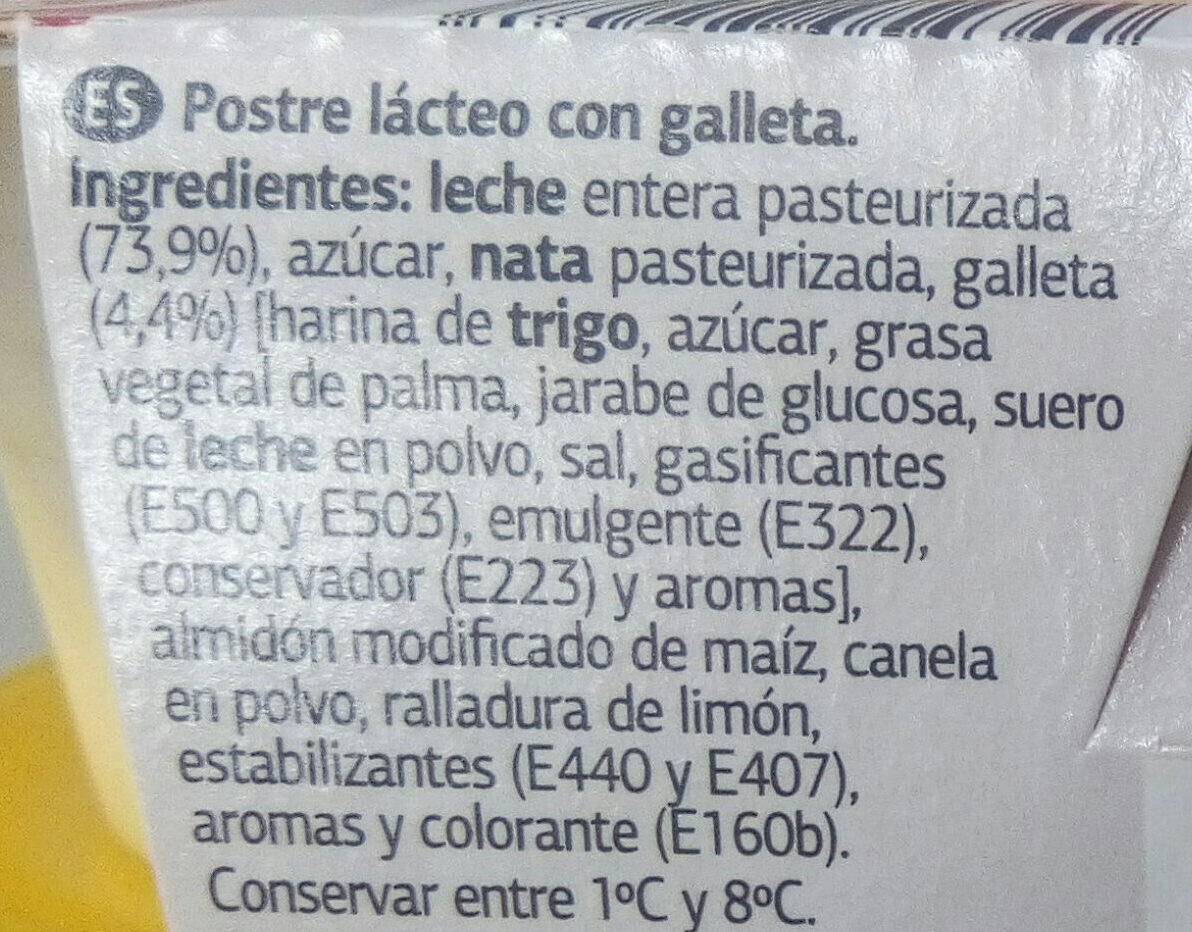Natillas con galleta - Dia - 500 g
Aquesta pàgina del producte no està completa. Podeu ajudar a completar-la editant-la i afegint-hi més dades a partir de les fotos ja disponibles, o fent-ne més amb l'aplicació de androide o iPhone / iPad. Gràcies!
×
Codi de barres: 8480017054340 (EAN / EAN-13)
Quantitat: 500 g
Empaquetament: Plàstic, en:Container
Marques: Dia
Categories: Productes làctics, Postres, Postres làctics, Postres cremoses, es:Natillas con galleta
Codi de traçabilitat: ES 15.03124/MU CE, PT C2105 CE
Botigues: Dia
Països on es va vendre: Espanya
Matching with your preferences
Entorn
Empaquetament
Transport
Espècies amenaçades
Report a problem
Fonts de dades
Producte afegit per kiliweb
Última modificació de la pàgina del producte per thaialagata.
La pàgina del producte, també editada per easykl, elcoco, joseangel-madrid, moon-rabbit, musarana, packbot, roboto-app, yuka.WTZ0ZEFZTWRwNlV6dGNRbS8wUG55TUo4d3BXNFIwT1hCdWNNSVE9PQ, yuka.YTcwdUw3VWp0Tmc3d004UngwLysxdlJTeXBPc0RXL3BGTXN6SVE9PQ, yuka.ZXEwNk5Kb29vZlUxdWZNMG95THh5dHh0bmFENGRHRHBCL0F3SUE9PQ.











